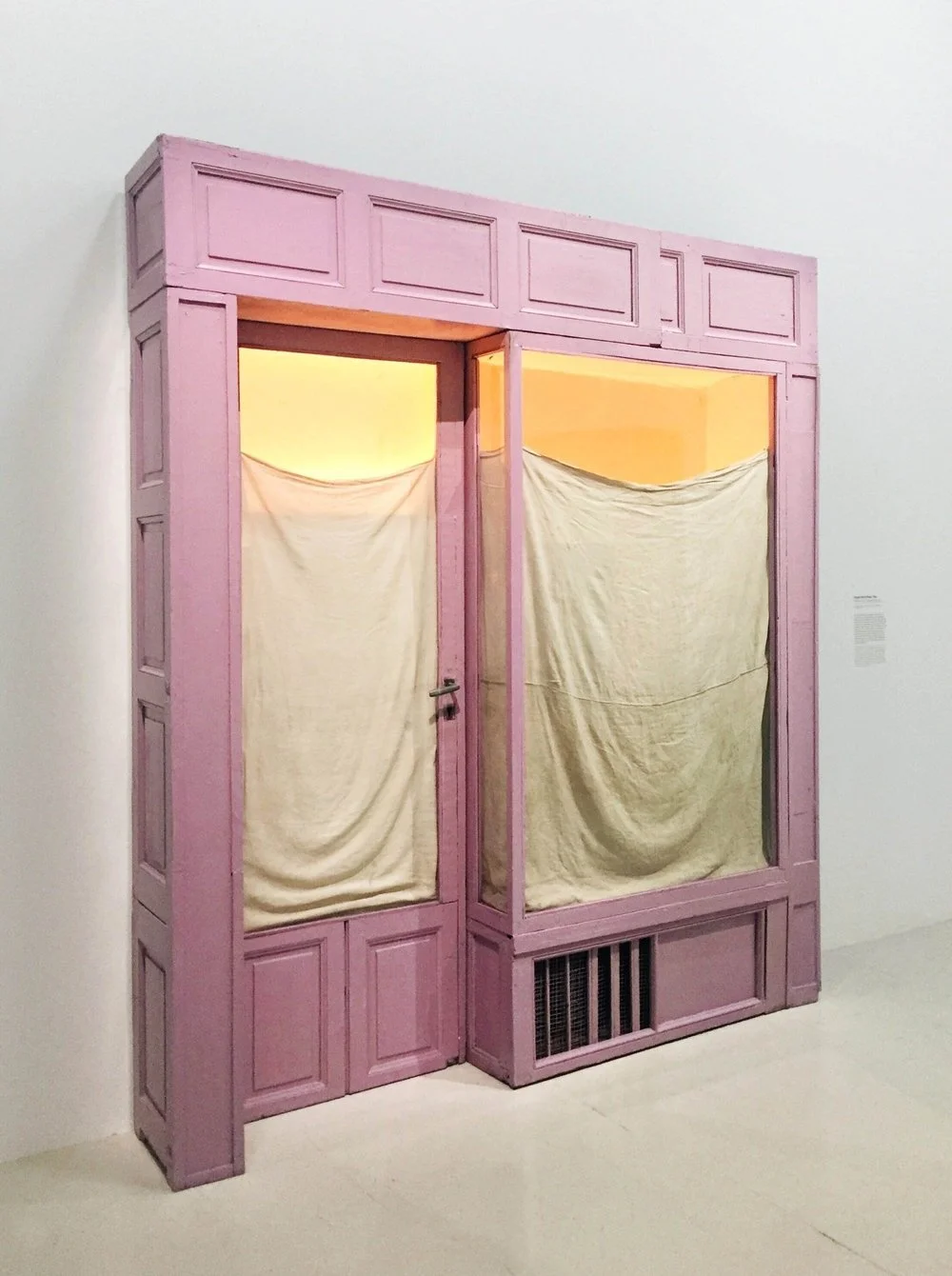Gallery Review: Galerie RX Paris
I miss museums. Weekly visits to art exhibitions had become a pre-pandemic routine of mine. So, when there is a global health crisis that shuts down every cultural institution in your city for an undisclosed amount of time, it’s going to hurt. But there is a loophole: galleries. Technically, galleries are commercial enterprises, so under current French law, they are allowed to remain open. While the size and discourse at galleries are typically less robust than traditional museums, they still can offer opportunities to discover some pertinent work. My most recent visit was to Galerie RX, a contemporary art space in le Marais.
About the Gallery
As stated, Galerie RX focuses on contemporary art. They consider their space to be a site of experimentation that encourages innovative approaches to the visual arts. The two-story gallery is spacious, allowing for monumental installations as well as residencies for international artists. As a result, they display a diverse array of artists and mediums, ranging from photographs, and paintings, to sculptures and mixed-media installations.
4 + 4
This simple math equation is actually the title of the exhibition currently on display at Galerie RX. The numbers represent the structure of the show: four art-world personalities are allotted one of the gallery’s four exhibition rooms. Essentially, four guest curators have organized mini-shows on four different contemporary artists of their choice. The featured artists/curators:
Laurent Pernot
Laurent Pernot curated by Edward de Lumley
Francois Rouan curated by Sophie Makariou
Naomi Safran-Hon curated by Irina Protopopescu
Vicken Parsons curated by Denise Wendel-Poray
Exhibition Review
When visiting galleries, it should be remembered that the driving force keeping an establishment alive is the sale of works. So, just like a store, there will be trends on display. And that work may lack the depth or complexity more inclined for a museum exhibition. However, I was pleasantly surprised by a number of works that I thought explored some interesting concepts.
I really enjoyed the textured works by Naomi Safran-Hon. She combined aspects of photography, painting, collage, and low-relief sculpture to create compositions contemplating upon human conceptions of nature, home, and place. Her appliqués stood on a fine line between decorative and decomposing—I sensed aspects of Anselm Kiefer’s approach in her work: an underlying atmospheric tension, a complicated grappling of the past and of future decay.
Naomi Safran-Hon
Naomi Safran-Hon
Also pleasant were the large colorful canvases by François Rouan. While I find that Rorschach-like imagery has become somewhat of a trope within modern and contemporary art and media, I appreciated that these works seemed to subvert the idea of such symmetric organic forms: he sliced shallow gridlines into the canvas, forming perfect squares that could be equated to blown-up pixels. As if puzzle pieces, some of the squares seem flipped or placed deliberately in the incorrect spot—other times paint flows seamlessly through the squares as if there were no divides upon the surface. The works highlight the materiality of the canvas while challenging notions of naive spontaneity through the use of disruptive symmetry.
Francois Rouan
What can actually be engaging about the typical gallery is the lack of context; it is up to the viewer to decide what they are looking at. The gallery did provide pamphlets on each artist/curator which I picked up afterwards to compare and re-contextualize my personal interpretations. However, I think the best way to initially approach work at a white-cube gallery exhibition is to examine any initial gut reactions, analyze the work for motifs or symbols, and determine possible influences in order to then hypothesize possible intentions behind an artwork.
Francois Rouan











